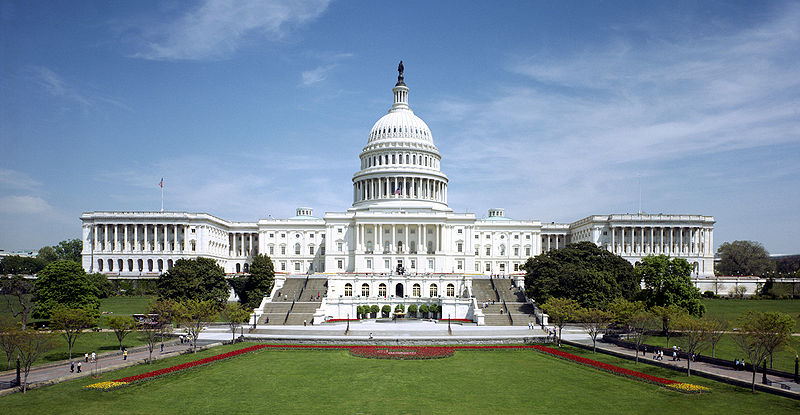Economist: OBoard’s labor reform misses critical points of P.R’s ‘particular’ economy


More people looking for jobs will not create more jobs.
While Puerto Rico needs to jumpstart its job market and create new sources of employment, the Financial Oversight and Management Board for Puerto Rico’s proposal to align the island’s labor landscape with that of the U.S. mainland “misses critical points of the [island’s] very particular economy.”
And while the island’s very low participation rate — currently pegged at about 40 percent — does not speak well of Puerto Rico, it is not certain that cutting employee benefits by eliminating Law 80 will turn the tide in favor of both economic and job growth, says H. Calero Consulting, an economic research firm in an analysis of the current scenario.
“By requesting an end to long-standing employee benefits, like Law 80, the Oversight Board intended to align the local labor market with that of the U.S. mainland and allegedly remove what is seen as an impediment for higher labor participation, job creation, and economic recovery, in general,” the firm stated in its latest issue of “Pulse,” an internal publication.
While eliminating Law 80 seems to be a moot point — as the Legislature voted that down late last month — the Oversight Board seems intent in fixing the island’s low workforce participation rate, which according to the World Bank, is one of the lowest participation rates in the world and only above a group of very dysfunctional economies.
“The Oversight Board’s certified fiscal plan depicts some obsession with Puerto Rico’s low participation rate, In its attempt to fix this flaw, the Oversight Board is looking at it the wrong way,” the economic firm noted.
“Its Fiscal Plan has a great emphasis on the need for Puerto Rico to increase its participation rate before taking the path of economic recovery. This statement entails some inconsistency with the definition of participation rate. In fact, under current economic conditions in Puerto Rico, a higher participation rate could just result in a higher unemployment rate,” H. Calero Consulting stated.
More people looking for jobs will not create more jobs. Instead, given the absence of more jobs, those who start looking for a job will likely end up swelling the ranks of the unemployed group, the firm further pointed out.
“For example, assume realistically that the number of jobs remains constant at 983,000, which is the most recent figure for 2018. If the labor force participation rate rises from 40 percent to 50 percent, the unemployment rate will soar to 27.6 percent,” the firm added.
Learning from other countries
Meanwhile, H. Calero Consulting pointed out the contradictions about the true effects of mandated employee benefits over employment and economic growth.
“Some experts have concluded that higher benefits deter employers from hiring more workers, while others advocate a safety net as an incentive for higher productivity, stability, and better performance,” the firm pointed out.
“Some Nordic countries, like Sweden and Denmark, have found a balance between the very strict employment protection in Southern Europe and the highly deregulated job market in Anglo-Saxon countries, like the United States and the United Kingdom,” it stated, adding that the model known as “flexicurity” relies on the principle of employment protection instead of job protection.
“Under flexicurity, the state uses part of the heavy tax burden on employers for training, retraining, relocation as well as mobility allowances to employees,” the economist firm stated.
“Interestingly, employers have defended the generosity of unemployment insurance in those countries, as a reasonable price for the prerogatives and flexibility to hire and fire personnel. This model has paid off for Nordics. Their welfare state has allowed them to keep very low levels of unemployment, similar to those of the United States and the United Kingdom.” H. Calero Consulting stated.
“Puerto Rico can learn from the successful experience of other countries. However, flexicurity has a limitation in Puerto Rico: many highly educated and skilled workers are leaving. Hence, the importance of economic growth,” it added.
For Puerto Rico to successfully come back from a stagnant economy and the devastation left by Hurricane María, the government and the Oversight Board have to team up and use the influx of federal relief funds to rebuild infrastructure and promote solid growth in tourism, manufacturing, and agriculture, the firm concluded.













